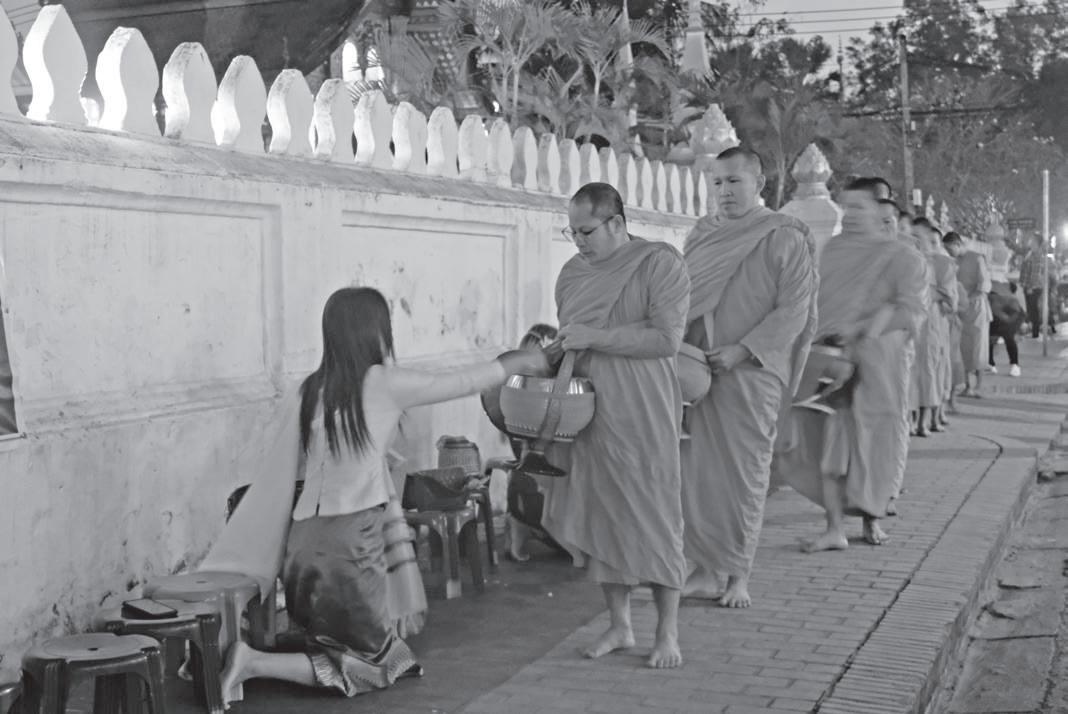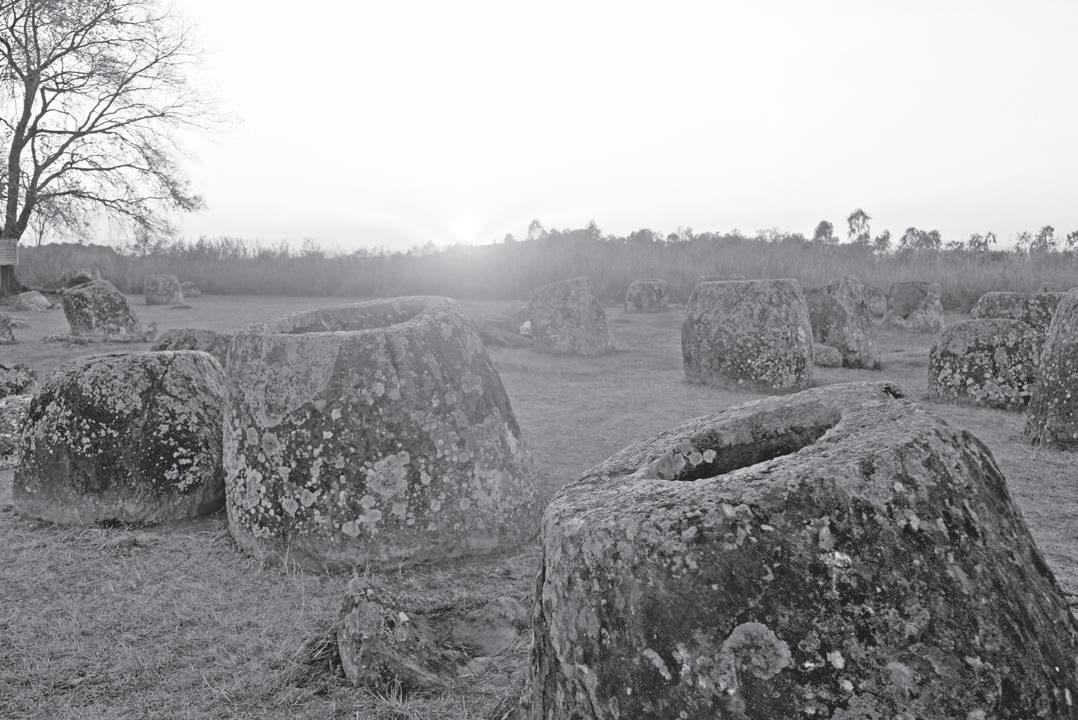
2 minute read
Laos’ HoLy TriniTy of UnEsCo WorLd HEriTagE siTEs
When I made my first online post on Champasak, a Filipino friend messaged me that he had not known of any other Filipino who knew about and was interested in going to that little known corner of Laos. While the comment did not surprise me, how pleasantly charming rural Laos is did.
For many of us, Laos may not rank highly as a travel destination choice.
For one, there is no direct flight going there, and traveling around is not as convenient as in its other neighboring countries. It is certainly not the richest or most convenient country to explore, but it is also not the most unexciting: the country retains the textures of old-fashioned Southeast Asia that have been sadly lost by the others.
Early this year, my mom and I went on a little adventure with the goal of visiting Laos’ Holy Trinity of UNESCO World Heritage Sites. Starting off from Louang Prabang, we went deeper into the heart of the country to see the enigmatic Plain of Jars, and then took the big leap from its capital Vientiane to see Vat Phou in Champasak.
Old Town of Louang Prabang
O NCE the capital of the Kingdom of Laos, Louang Prabang may be the country’s most popular destination. The old town offers a visual feast for its distinct and well-preserved architectural and cultural heritage. The developments that took place between the 19th and 20th centuries created an urban fabric that blended traditional and European colonial influences, notably those of the French. Its setting at the confluence of two rivers, the Mekong and Nam Khan, further adds to its beauty.
Vat Xieng Thong, a royal temple, stands out as its most important cultural gem, as well as one of the most refined Buddhist temples in the region. It exemplifies the apogee of Lao architecture with its three-tiered roof and many gilded carved woodworks. It also houses the fabled Tree of Life colored-glass mosaic, a masterpiece in itself that I was even lucky to gain access to at night.
On the other hand, the temple on top of Mount Phusi draws the attention of many who want to witness unparalleled sunset views. The peak can be ridden with hordes of tourists, but the views halfway through the hike are equally satisfying without feeling crammed. Several houses along the main streets have been converted into cafes and hotels, which, at some point, raised concerns about site conservation and management. While changes are indeed taking place, they are not as bad as I expected. Having previously visited Hoi An, its counterpart in Viet Nam, there is just no way Louang Prabang can be tagged as fairing worse.
Other interesting things to see include the daily alms giving, which sees hundreds of monks and their apprentices lining up to get their food ration from residents (as well as some tourists who just won’t leave them do their own thing), and the nearby waterfalls at Kuang Si National Park.

Visiting Louang Prabang now is more enjoyable than it was a few years ago, when it was the craze to tick it off the list, having once been ranked as one of the most desirable destinations in Asia. It is no longer as crowded as most would claim it to be, and it is simply difficult not to love it.
Megalithic Sites in Xiengkhuang:
Plain of Jars

I FIRST read about the Plain of Jars when I was 15, and its mystery and allure have never left me since. It then took me 20 years to finally see it, and it truly never fails to impress, perhaps even more than Stonehenge.

The trip from Louang Prabang to Phonsavan can take between 6 and 7.5 hours as the mountain roads are not the best. Jar Site 1 is extensive, sporting a plethora of jar types. Little is known about their use, and theories









